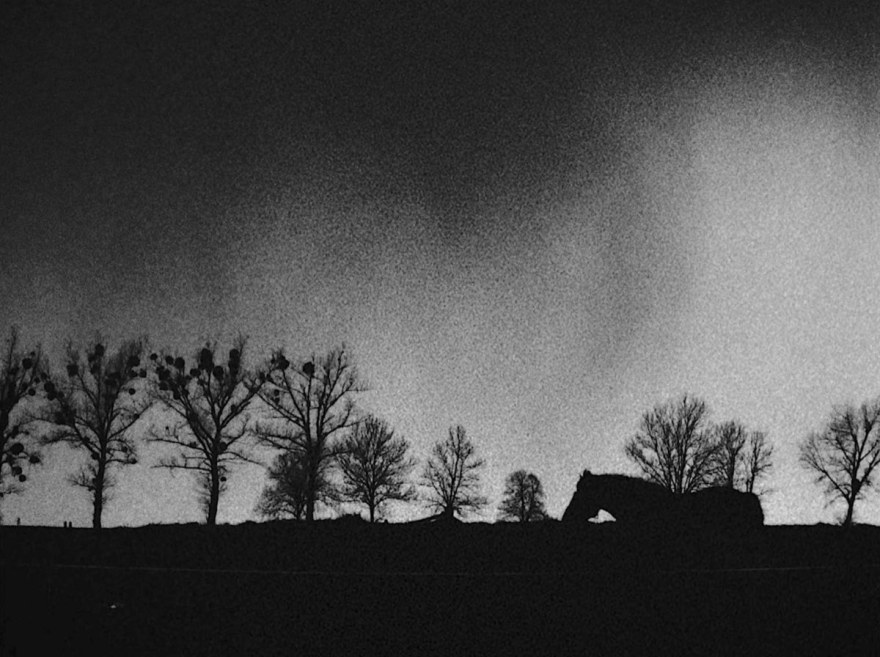Dinner with Krzyżoki
An interview with Anna Gawlita, director of Krzyżoki
How did you get to know about this Easter Sunday horse race custom in this town?
I was born in this village and lived there until I was 15 years old. So I’ve been aware of this custom since my childhood. For a long time, I rebelled against it. I could’ nt understand how the participants of this procession could pray, drink alcohol and race on horses at the same time. That’s the reason why I made this film. Over the years I have matured and I’m now able to accept the combination of some contradictions which are part of human nature who can combine great fun with religious spirituality. I also appreciated my roots, the place where my identity and values were built. Today, it is a modern village with industrialized farms. Horses have been replaced with machines. But this small community is trying to keep this custom, even if the horses have to be borrowed. Residents are extremely proud of this tradition. It is important to them, and therefore also to me.
Why did you shoot or process your images in black and white?
We did not anticipate these colors from the beginning which have been dictated on the one hand by artistic reasons. It was important for me not to place the film in a particular time. These can be modern times and sometimes we can see the props of our current life. But this custom looked exactly the same 10, 20 and 50 years ago. On the other hand, there were also technical reasons. We shot for 4 years and we used very different cameras and lenses. Easter Sunday, the day on which this ride takes place, each time took place at a slightly different time of the year – once in early spring, once in the late spring. The black-and-white color unified everything and made the viewers taken away on a journey back in time.
How did you set up the rotating characters sequence?
My DOP – Tomasz Wolski was almost like MacGyver! Having at our disposal a low film production budget, we used the resources of the place where we were filming. To make portraits of heroes rising up, we used a tractor with a lift. The rotating sequence was filmed on the merry-go-round at the playground in the local kindergarten.
What were you interested into with the alcohol sequence?
This ritual allowed me to depict my fascination with the sacred – profane. We can see this sacred in the form of a Christian tradition with religious songs, prayers and a form of metaphysics that we can get by participating in this pilgrimage. And on the other hand, Sunday Easter is an opportunity for riders to meet, gossip and have fun. Alcohol is an inseparable part of this feast. Placing the camera on a glass of drinkers was supposed to strengthen the effect of a certain wildness that it can evoke. But also it’s contrast to a passionate and true prayer in a trance. For me, both layers are equally important. And I hope their combination makes us witness something fascinating.
Would you say that the short film format has given you any particular freedom?
Freedom is perhaps more in the way we tell the story. From the beginning, I knew that the film won’t have any dialogue, that it will be close to animals and people and focus on the ritual. My goal was to create an impression that acts on the senses and escapes from what is rational. I think that with the short film format it’s easier to keep the audience’s attention. But there is one more thing. As I am a documentary and feature films producer, it’s easier for me to find time to direct a short film than a feature.
Krzyżoki is being shown in Lab Competition L4.








